Home>Garden Essentials>How To Make Aroid Soil Mix
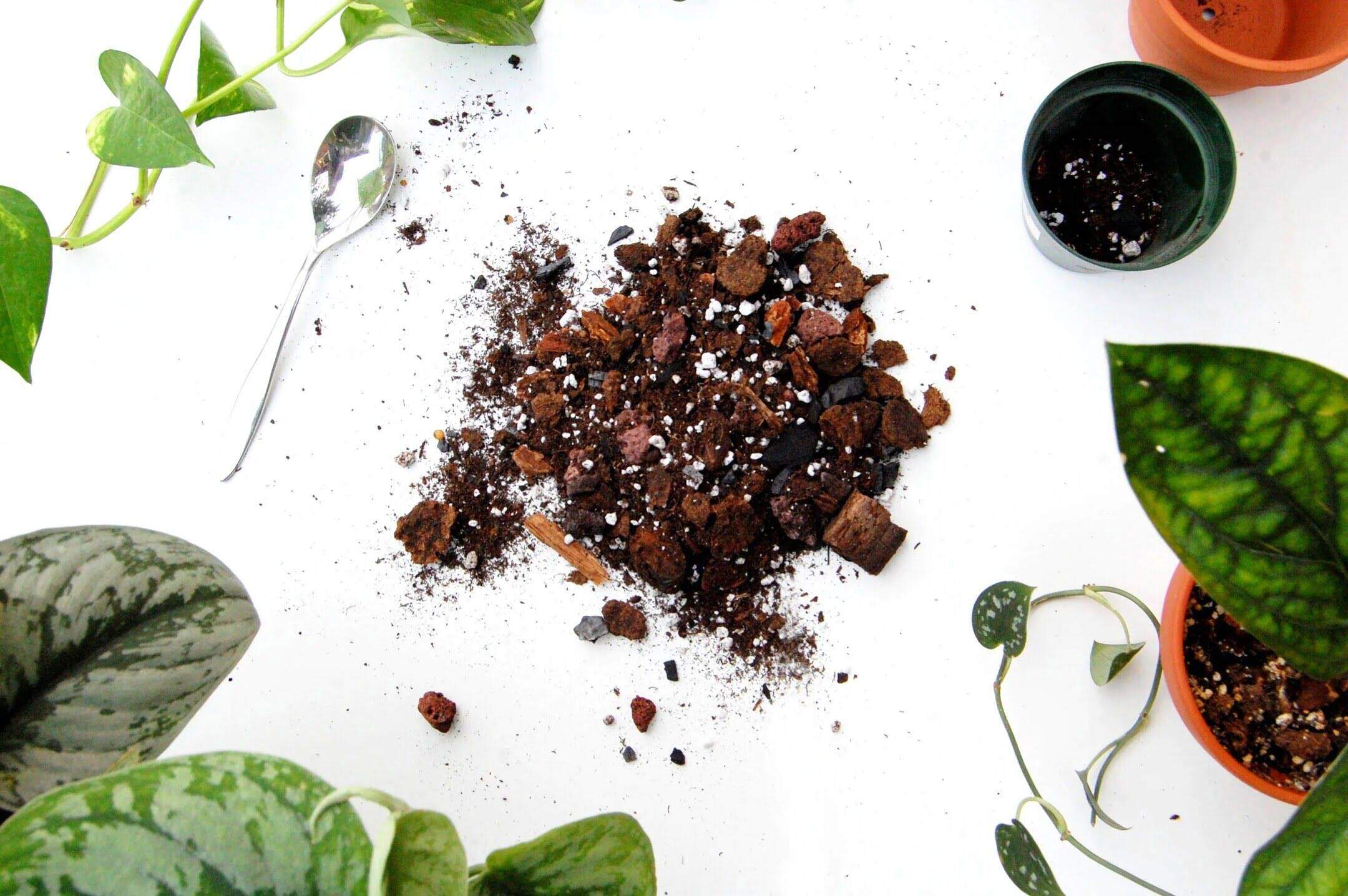

Garden Essentials
How To Make Aroid Soil Mix
Modified: March 16, 2024
Learn how to create the perfect aroid soil mix for your garden. Find the best combination of ingredients to ensure healthy and thriving plants.
(Many of the links in this article redirect to a specific reviewed product. Your purchase of these products through affiliate links helps to generate commission for Storables.com, at no extra cost. Learn more)
Introduction
Welcome to the world of gardening and plant enthusiasts! If you’re a fan of aroids, you’re in for a treat. Aroids are a diverse group of plants that come in various shapes and sizes, including popular varieties like the Monstera, Philodendron, and Anthurium. One thing these plants have in common is their need for well-draining and nutrient-rich soil. In this article, we’ll dive into the world of aroid soil mix, exploring what it is, why it’s important, and how you can make your own.
Understanding the unique soil needs of aroids is crucial for their overall health and growth. These plants are native to tropical regions and, as such, require a soil mix that mimics their natural habitat. Aroids thrive in a well-draining medium that allows excess water to flow through and prevents the roots from sitting in soggy soil. Additionally, they require a mix that provides ample nutrients to support their foliage growth and overall vitality.
Choosing the right components for your aroid soil mix is key to creating a healthy environment for your plants. A good soil mix for aroids typically consists of a combination of organic matter, such as peat moss or coco coir, and inorganic materials like perlite or pumice. These components work together to provide the right balance of moisture retention and drainage, ensuring the roots have access to both water and oxygen.
Now that you have a basic understanding of the importance of aroid soil mix and the components involved, let’s dive into a recipe to make your own mix. By making your own mix, you have control over the quality and can tailor it to suit the specific needs of your aroids. So, let’s roll up our sleeves and get ready to make some aroid soil mix!
Key Takeaways:
- Create a custom aroid soil mix with organic matter and inorganic materials to mimic their natural habitat. This blend provides optimal drainage, moisture retention, and nutrients for healthy and vibrant aroids.
- Maintain your aroid soil mix by monitoring moisture levels, watering appropriately, and observing plant health. Regular care ensures your aroids thrive in their nutrient-rich and well-draining environment.
Read more: How To Make Potting Soil Mix
Understanding Aroids and Their Soil Needs
Aroids, also known as Araceae, are a fascinating group of plants that have gained immense popularity among plant enthusiasts. They are known for their stunning foliage, unique shapes, and sometimes even captivating flowers. Understanding the soil needs of aroids is crucial for their overall health and successful cultivation.
Native to tropical regions, aroids have adapted to thrive in environments with well-draining soil. In the wild, they typically grow in the understorey of forests, where they receive partial shade and a constant supply of organic matter from decaying leaves and vegetation. Therefore, replicating these conditions in your aroid’s soil mix is essential.
One of the primary requirements of aroids is a well-draining soil mix. This is because their roots are susceptible to rotting if exposed to prolonged periods of moisture. Aroids need a mix that allows excess water to flow freely, preventing waterlogging and ensuring oxygen reaches the roots. This is especially important if you tend to water your plants frequently or live in a high humidity area.
The ideal soil mix for aroids should also be rich in organic matter. Aroids are epiphytic plants in their natural habitat, which means they grow on other plants, using them as support, instead of directly in the ground. As a result, they have adapted to receiving nutrients from the decaying organic matter that accumulates around their roots.
To provide aroids with the necessary organic matter, you can incorporate materials like peat moss or coco coir into your soil mix. These substances hold moisture while still allowing for adequate drainage. They also provide essential nutrients to fuel your aroid’s growth and help prevent nutrient deficiencies.
In addition to well-draining and organic-rich soil, aroids also benefit from growing in a slightly acidic to neutral pH range. The pH level affects nutrient availability for plants, and a pH level of around 6 to 7 is generally suitable for most aroids. You can periodically test the pH level of your soil using a pH meter or test kit to ensure it falls within the desired range.
Understanding the specific soil needs of aroids is key to their overall health and successful growth. By providing your aroids with a well-draining and organically-rich soil mix that meets their pH preferences, you are setting them up for thriving in your garden or indoor space. With the right soil foundation, your aroids can showcase their stunning foliage and become the centerpiece of your plant collection.
Choosing the Right Components for Aroid Soil Mix
When it comes to creating the perfect soil mix for your aroids, selecting the right components is crucial. A well-balanced mix will provide the necessary nutrients, drainage, and moisture retention for optimal plant growth. Let’s explore the key components to consider when choosing the ingredients for your aroid soil mix.
1. Organic Matter: Aroids thrive in soil that contains ample organic matter. This helps replicate their natural habitat, where they receive nutrients from decaying vegetation. Incorporating materials such as peat moss, compost, or coconut coir will provide the necessary organic content in the soil mix. These components improve moisture retention while still allowing adequate drainage.
2. Inorganic Materials: Mixing inorganic materials like perlite or pumice into the soil mix helps improve drainage and prevents waterlogging. These lightweight additives create air pockets within the soil, allowing oxygen to reach the roots and preventing them from being suffocated by excess moisture. Additionally, inorganic materials promote aeration in the soil, which is vital for healthy root development.
3. Nutrient Enhancers: Aroids benefit from additional nutrients to support their vigorous growth. Adding slow-release fertilizers or organic amendments to the soil mix ensures a steady supply of nutrients over an extended period. Look for fertilizers specifically formulated for aroids or choose organic options like well-aged compost or worm castings, which provide a rich source of nutrients.
4. pH Adjusters: As mentioned earlier, aroids prefer a slightly acidic to neutral pH range. If your soil is naturally alkaline, you might need to adjust the pH level to create an ideal growing environment for your aroids. Adding substances like sphagnum moss or elemental sulfur can help lower the pH and create a more acidic soil condition.
Keep in mind that the proportions of these components depend on the specific needs of your aroids and the environmental conditions they are growing in. Some aroid species prefer a more moisture-retaining mix, while others thrive in a well-draining mixture. Experimentation and observation are key to finding the right balance for your plants.
Remember to source high-quality ingredients for your aroid soil mix. Opt for organic materials that are free from pesticides or chemical treatments. This ensures that your aroids are not exposed to any potential harmful substances and promotes a healthy and thriving plant environment.
By carefully selecting the right components for your aroid soil mix, you will create a nutrient-rich, well-draining medium that provides the ideal growing conditions for your plants. The next step is to put it all together and make your own aroid soil mix, which we will explore in the following section.
Recipe for Aroid Soil Mix
Creating your own aroid soil mix is a rewarding process that allows you to tailor the blend to the specific needs of your plants. Here’s a simple recipe to get you started on making a nutrient-rich and well-draining soil mix for your aroids.
Ingredients:
- 2 parts organic matter (peat moss, compost, or coconut coir)
- 1 part inorganic material (perlite or pumice)
- ½ part slow-release fertilizer or organic amendments
- pH adjuster (if needed)
Instructions:
- In a large container or wheelbarrow, combine the organic matter and inorganic material in the specified proportions. Mix them thoroughly using a garden trowel or your hands. This will ensure even distribution of the components.
- If desired, add the slow-release fertilizer or organic amendments to the mix. Follow the package instructions for the recommended amount, keeping in mind the specific needs of your aroids.
- If necessary, adjust the pH of the soil mix to the desired range for aroids. This step is only required if your soil or the components you’re using are naturally alkaline. Follow the instructions on the pH adjuster product and gradually incorporate it into the mix until you reach the desired pH level.
- Once all the components are thoroughly mixed and any pH adjustments have been made, your aroid soil mix is ready to be used. Transfer it to a clean and sterilized container or storage bag, ensuring it is well-sealed to maintain its quality until use.
Remember, this recipe serves as a starting point, and you can adjust the proportions of the ingredients to match the specific needs of your aroids and the conditions they are growing in. Observe how your plants respond to the mix and make gradual tweaks if necessary.
Having your own custom-made aroid soil mix will not only provide your plants with the ideal growing medium but also give you the satisfaction of knowing exactly what goes into their care. Happy planting!
Mix equal parts of peat moss, perlite, and orchid bark to create a well-draining soil mix for Aroids. This will provide the right balance of moisture and aeration for healthy root growth.
Steps to Make Aroid Soil Mix
Diving into the world of aroid soil mix creation can be an exciting and rewarding experience. By following these simple steps, you can craft a high-quality soil mix that will provide optimal conditions for your aroids to thrive.
- Gather the necessary ingredients: Before you begin, gather the components for your aroid soil mix. You will need organic matter (such as peat moss, compost, or coconut coir), inorganic material (perlite or pumice), slow-release fertilizer or organic amendments, and a pH adjuster (if necessary).
- Prepare your workspace: Find a clean and spacious area to work in, preferably outdoors or in a well-ventilated space. Lay out the necessary tools, including a large container or wheelbarrow, a garden trowel, and a pH tester (if needed).
- Measure and mix the organic matter and inorganic material: Start by measuring two parts of organic matter, such as peat moss, compost, or coconut coir, and place it in the container. Add one part of inorganic material, like perlite or pumice, into the mix. Using a garden trowel or your hands, thoroughly mix the components together, ensuring an even distribution.
- Add slow-release fertilizer or organic amendments: If desired, incorporate half a part of slow-release fertilizer or organic amendments into the mixture. This will provide a steady supply of nutrients for your aroids. Follow the product’s instructions for the recommended amount, taking into account your specific plant’s needs.
- Adjust the pH (if necessary): Test the pH of your soil mix using a pH tester. If the pH is not within the desired acidic to neutral range (typically around 6 to 7 for aroids), you may need to adjust it. Follow the instructions of your chosen pH adjuster product, gradually adding it into the mix to reach the desired pH level.
- Thoroughly mix all components: Once all the components are added, thoroughly mix them together again to ensure they are evenly distributed. This will help guarantee that your aroids receive a balanced blend of nutrients and a well-draining medium.
- Store and label your aroid soil mix: Transfer the finished soil mix into a clean and sterilized container or storage bag. Make sure it is sealed well to maintain its quality. Label the container with the date and the contents of the mix for future reference.
Now that you have followed these steps, you have successfully created your own aroid soil mix! This customized blend of organic matter, inorganic material, and potentially pH-adjusted components will provide your aroids with the ideal growing medium for their specific needs.
Remember that the proportions of the components can be adjusted based on the specific requirements of your aroids and their individual preferences. Observe how your plants respond to the soil mix and make any necessary adjustments over time, ensuring their ongoing health and vitality.
Read more: How To Make Soil Mix For Cactus
Benefits of Using Aroid Soil Mix
Using a high-quality aroid soil mix offers numerous benefits for the growth and overall well-being of your plants. Let’s explore some of the advantages of incorporating this specialized mix into your aroid cultivation:
- Optimal Drainage: Aroid soil mix provides excellent drainage, which is crucial for preventing waterlogged roots and the risk of root rot. The well-draining nature of the mix allows excess water to flow through, ensuring that the roots have access to the right amount of moisture without becoming saturated.
- Adequate Moisture Retention: While drainage is important, aroid soil mix also retains enough moisture to ensure the plants have access to water when needed. The organic matter component of the mix, such as peat moss or coco coir, helps hold onto moisture, ensuring that the roots have a consistent supply without becoming overly wet.
- Improved Aeration: The use of inorganic materials like perlite or pumice in the soil mix promotes adequate air circulation within the soil. This allows oxygen to reach the roots and prevents them from suffocating. Proper aeration is crucial for healthy root development and overall plant growth.
- Nutrient-Rich Medium: Aroid soil mix often includes organic matter, which provides a rich source of nutrients for your plants. The organic components break down over time, releasing essential nutrients that support the growth and vigor of your aroids. Additionally, the incorporation of slow-release fertilizers or organic amendments ensures a steady supply of nutrients over time.
- Healthy Root Development: With its well-draining, moisture-retaining, and nutrient-rich properties, aroid soil mix encourages robust root development. Healthy roots are essential for the overall health and vitality of your plants, enabling them to absorb nutrients and water efficiently.
- Customizable Blend: Making your own aroid soil mix allows you to customize the blend according to the specific needs of your plants. You can adjust the proportions of organic matter, inorganic material, and pH adjusters to suit the preferences of different aroid species. This level of customization ensures that your plants have the ideal growing conditions.
- Improved Plant Health: By providing the optimal growing conditions for your aroids, the use of aroid soil mix promotes overall plant health. Aroids grown in this specialized mix are less susceptible to root-related diseases and nutrient deficiencies, resulting in vibrant foliage, robust growth, and a higher resistance to common plant issues.
Using a high-quality aroid soil mix not only benefits your plants but also provides you with the peace of mind that you are providing the best possible growing conditions. The well-draining, moisture-retaining, and nutrient-rich characteristics of the mix create an ideal environment for your aroids to thrive and showcase their natural beauty.
Remember to monitor your plants and make adjustments to the soil mix as needed. As your aroids grow and develop, their requirements may change, and it’s essential to provide the appropriate soil conditions to support their ongoing health and vitality. With the use of a quality aroid soil mix, you’ll set your plants up for success and enjoy a flourishing and beautiful collection.
Tips for Maintaining Aroid Soil Mix
Once you have created and implemented your aroid soil mix, it’s important to maintain it properly to ensure the ongoing health and vitality of your plants. Here are some useful tips to help you maintain your aroid soil mix:
- Monitor Moisture Levels: Aroids prefer moist but not overly wet conditions. Regularly check the moisture levels in the soil by inserting your finger about an inch deep into the mix. If it feels dry, it’s time to water your plants. Avoid letting the soil completely dry out between waterings, as this may stress your aroids.
- Watering Practices: When watering your aroids, ensure thorough moistening of the soil mix. Water until you see water coming out of the drainage holes in the pot. This helps flush out any accumulated salts or impurities in the soil. Remember to allow excess water to drain away completely to prevent waterlogging.
- Avoid Overwatering: Overwatering is one of the common mistakes that can lead to root rot in aroids. Make sure the soil mix is well-draining and that excess water can freely escape from the pot. If you’re unsure about watering frequency, it’s better to underwater slightly rather than overwater.
- Inspect for Pests or Diseases: Regularly examine your plants and the soil mix for any signs of pests, such as aphids or spider mites, or diseases like fungal infections. Early detection and treatment can prevent these issues from spreading and causing harm to your aroids. Remove any affected leaves or plants promptly.
- Replenish Nutrients: Over time, the nutrients in the aroid soil mix may deplete. Supplementing with organic fertilizers or slow-release fertilizers can help replenish these nutrients and ensure your plants have the necessary nourishment. Follow the package instructions for proper application and avoid over-fertilizing, which can lead to nutrient burn.
- Repotting: As your aroids grow, they may outgrow their current pots or their soil may become compacted. Repotting your plants into fresh aroid soil mix will provide them with a renewed nutrient-rich environment and ample space for root expansion. Consider repotting every one to two years or as needed.
- Maintain Proper Lighting: Light is crucial for aroid growth and overall health. Place your aroids in a well-lit location with indirect or filtered sunlight. Avoid exposing them to direct sunlight, as it can scorch the leaves. Adequate lighting ensures proper photosynthesis and encourages strong, healthy growth.
- Observe and Adjust: Each aroid species may have slightly different requirements. Observe how your plants respond to the soil mix, and make adjustments as needed. If you notice signs of stress, such as yellowing leaves or stunted growth, it may indicate an issue with the soil mix. Gradually experiment with different proportions or components to find the best balance for your specific plants.
By following these tips for maintaining your aroid soil mix, you will provide the ideal growing conditions for your plants. Remember to prioritize proper watering, monitor for pests or diseases, replenish nutrients when necessary, and provide adequate lighting. With regular care and attention, your aroids will thrive in the nutrient-rich and well-draining environment of the soil mix.
Enjoy the journey of tending to your aroids and watching them flourish in their specialized soil mix. With a little effort and attention, you’ll be rewarded with beautiful and vibrant foliage that will enhance any space.
Conclusion
Congratulations! You have now learned about the importance of aroid soil mix and how to create and maintain it for your beloved plants. By understanding the unique soil needs of aroids and using a customized blend of organic matter, inorganic materials, and nutrients, you are setting the stage for your plants to thrive.
Aroid soil mix provides optimal drainage, moisture retention, and aeration, creating an environment that closely resembles the natural habitat of these plants. The well-balanced blend of components ensures healthy root development, nutrient uptake, and overall plant growth. With the right soil mix, you are giving your aroids the best chance to showcase their stunning foliage and reach their full potential.
Remember to regularly monitor the moisture levels in the soil, water your plants appropriately, and be mindful of overwatering. Inspect your aroids and their soil mix for any signs of pests or diseases, and address them promptly to prevent any further damage. Replenishing nutrients and repotting when needed will help maintain the health of your plants in the long run.
As you continue your journey of caring for aroids, feel free to experiment and customize your soil mix to best suit your plants’ specific requirements. Each aroid species may have slightly different needs, so observing and adjusting the soil mix accordingly will greatly contribute to their well-being.
By providing your aroids with a well-draining, nutrient-rich, and carefully maintained soil mix, you are creating the perfect foundation for their growth and success. Your efforts will be rewarded with lush foliage, robust growth, and the satisfaction of seeing your aroids thrive.
So, go ahead and enjoy the process of creating and using aroid soil mix for your plants. As you witness the beauty of your aroids flourishing in their optimal growing conditions, you will undoubtedly find joy and fulfillment in being a part of their journey.
Happy gardening!
Frequently Asked Questions about How To Make Aroid Soil Mix
Was this page helpful?
At Storables.com, we guarantee accurate and reliable information. Our content, validated by Expert Board Contributors, is crafted following stringent Editorial Policies. We're committed to providing you with well-researched, expert-backed insights for all your informational needs.
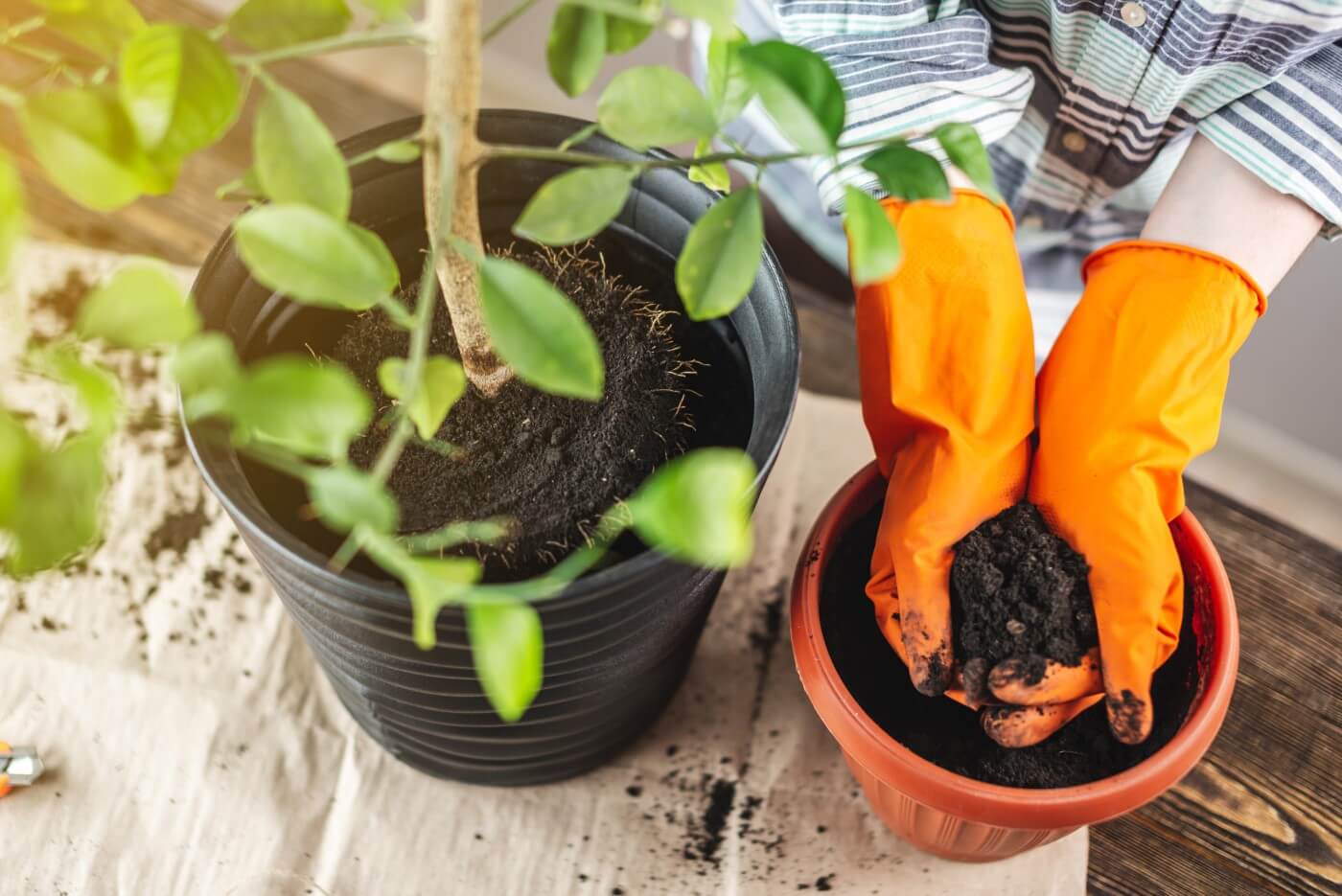
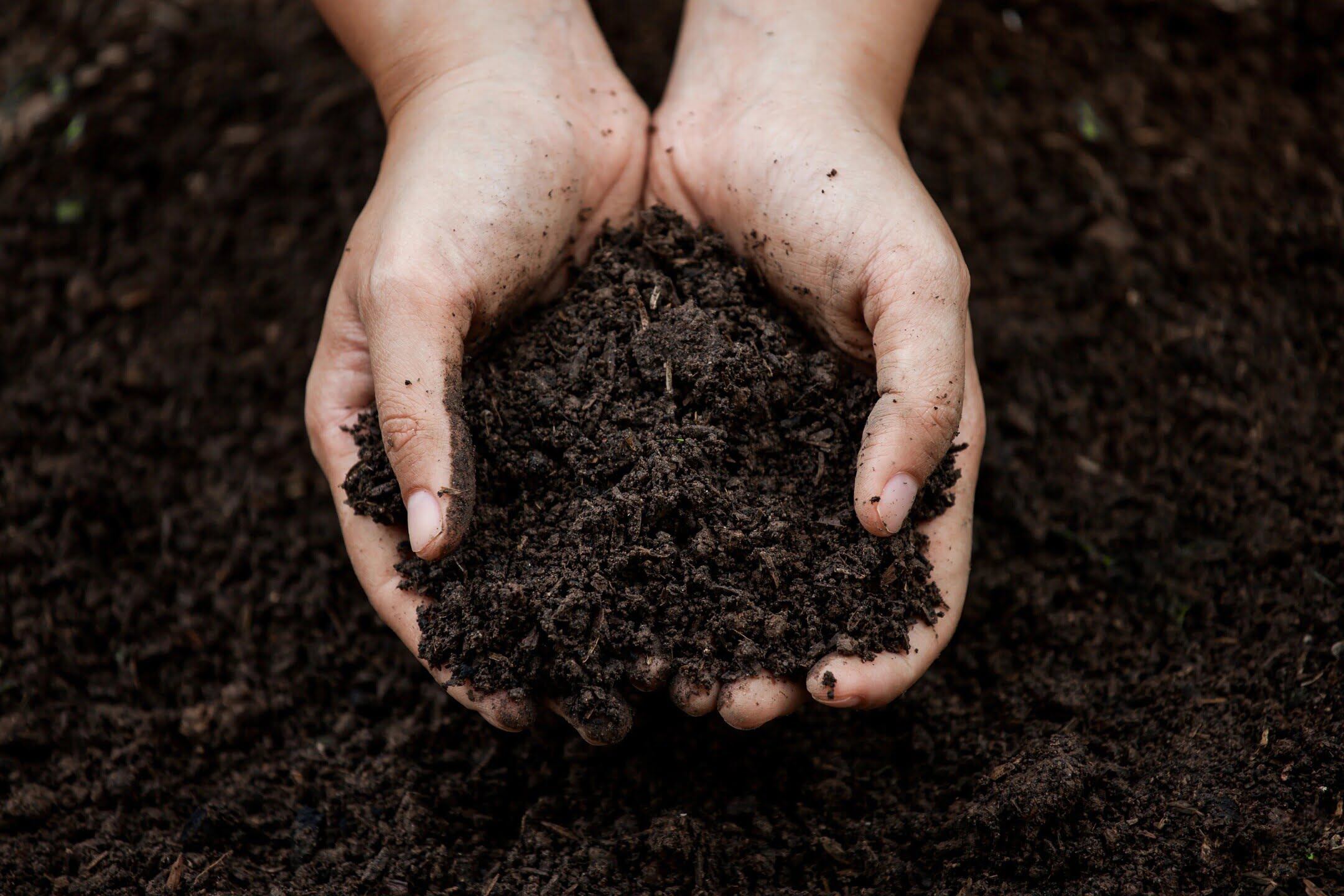
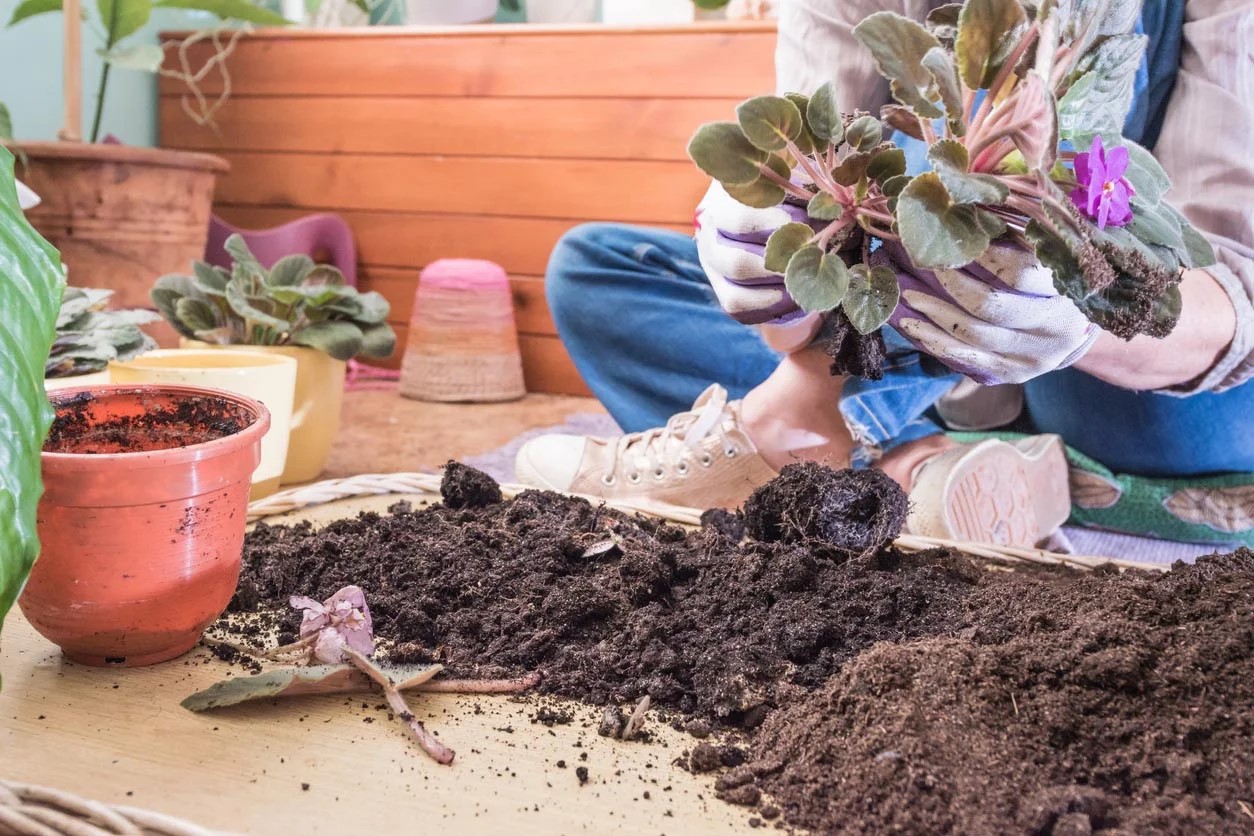
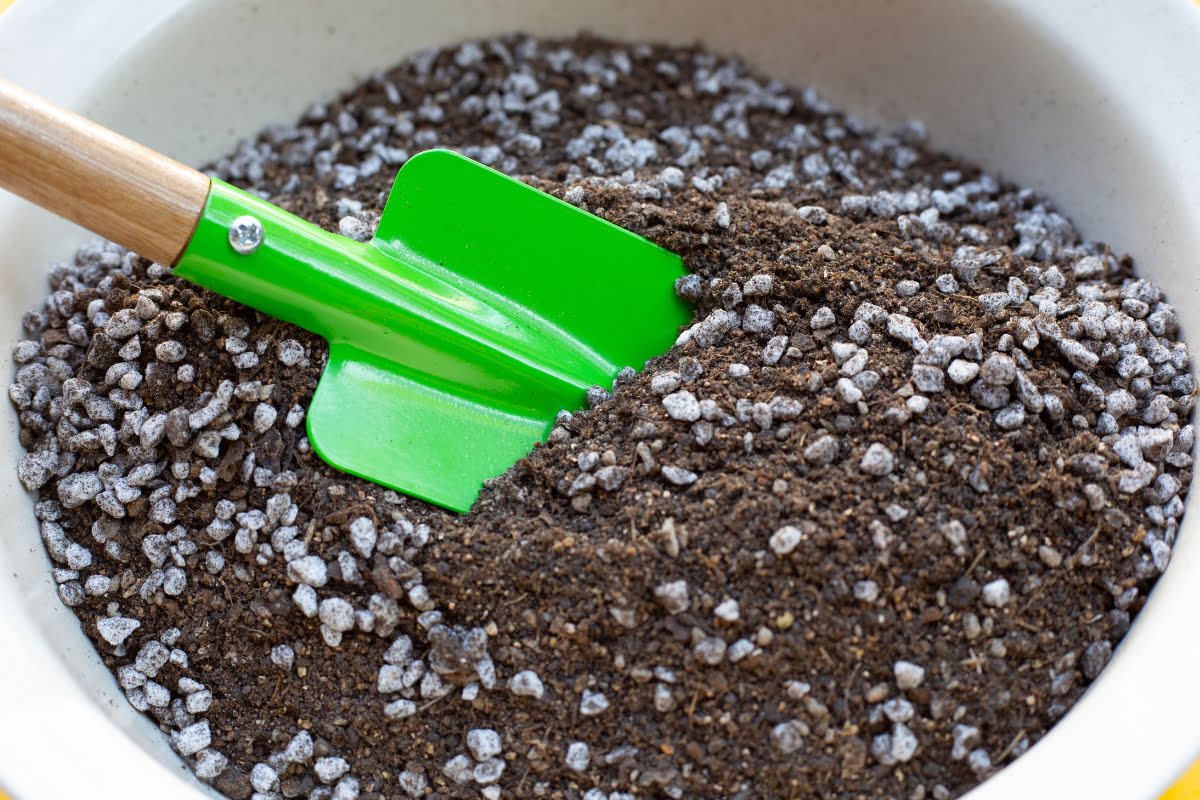
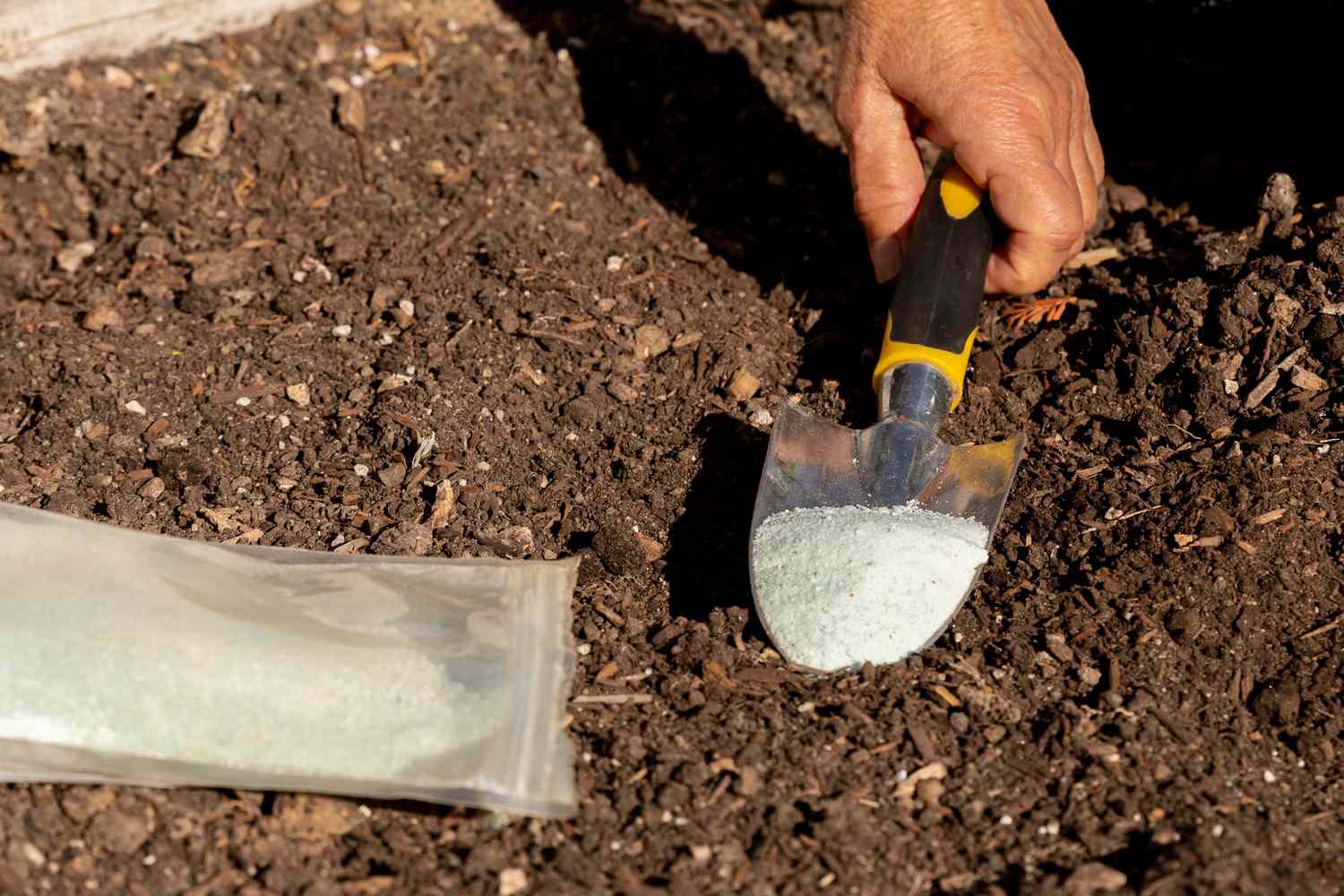
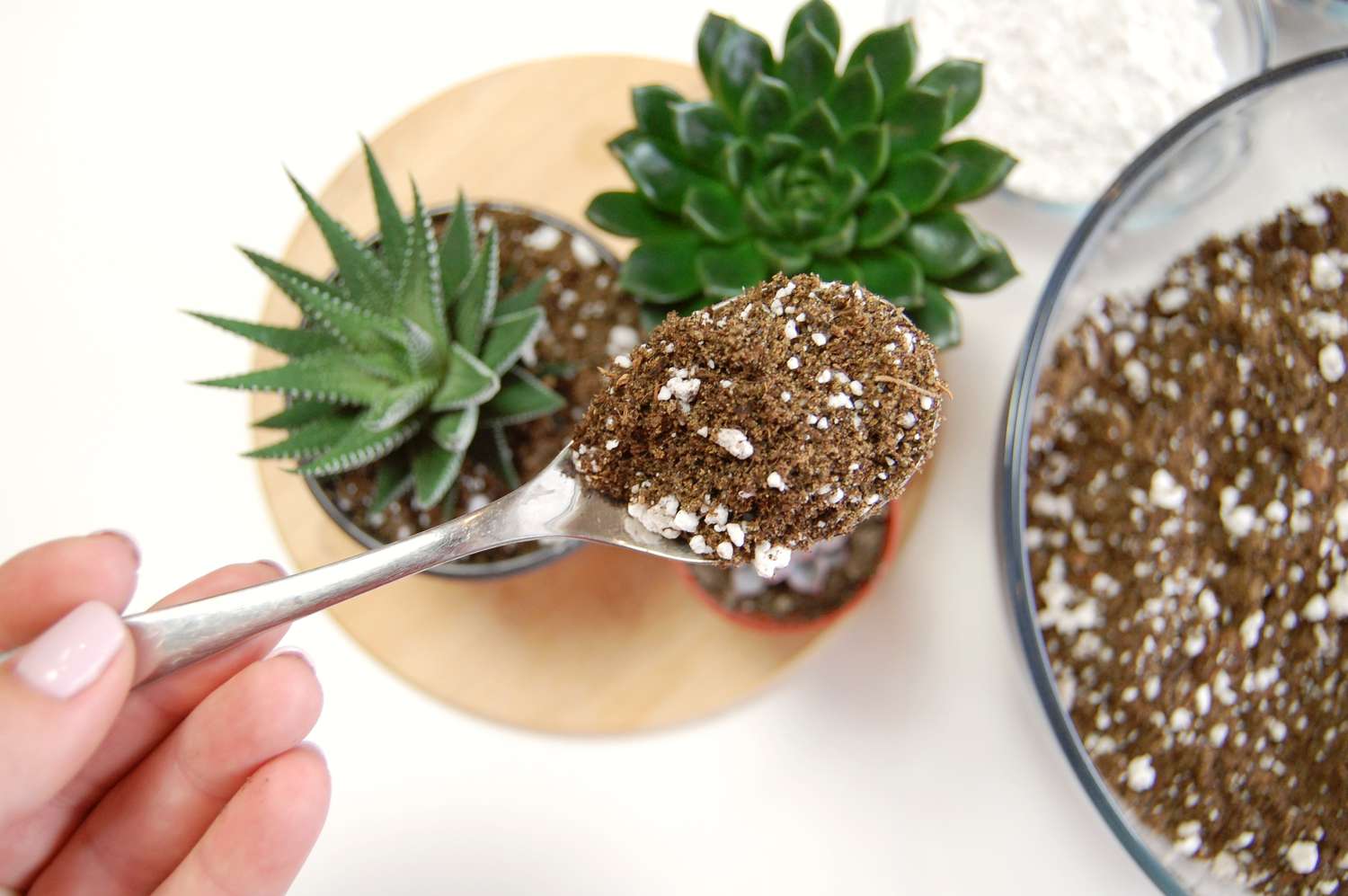
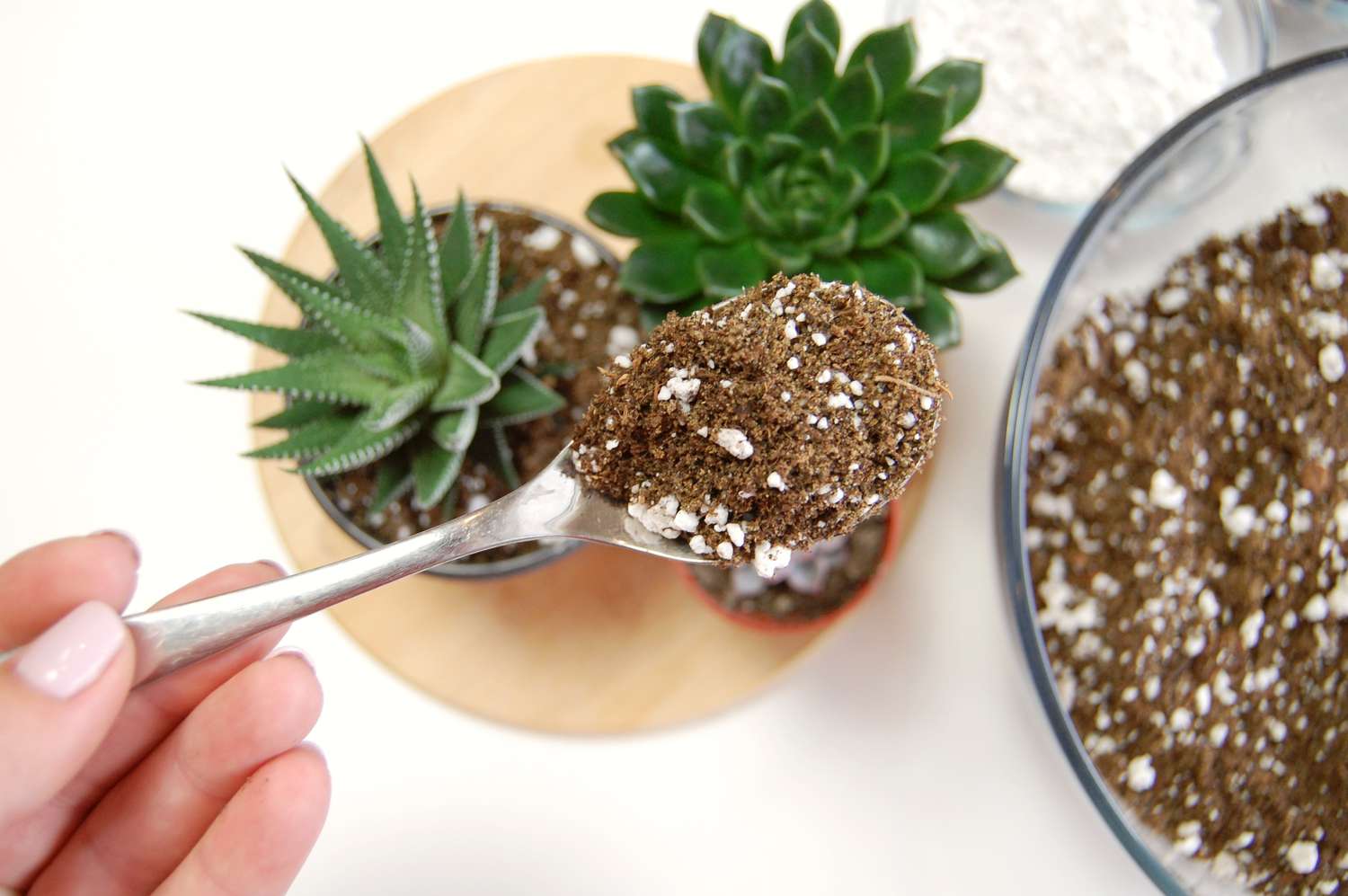
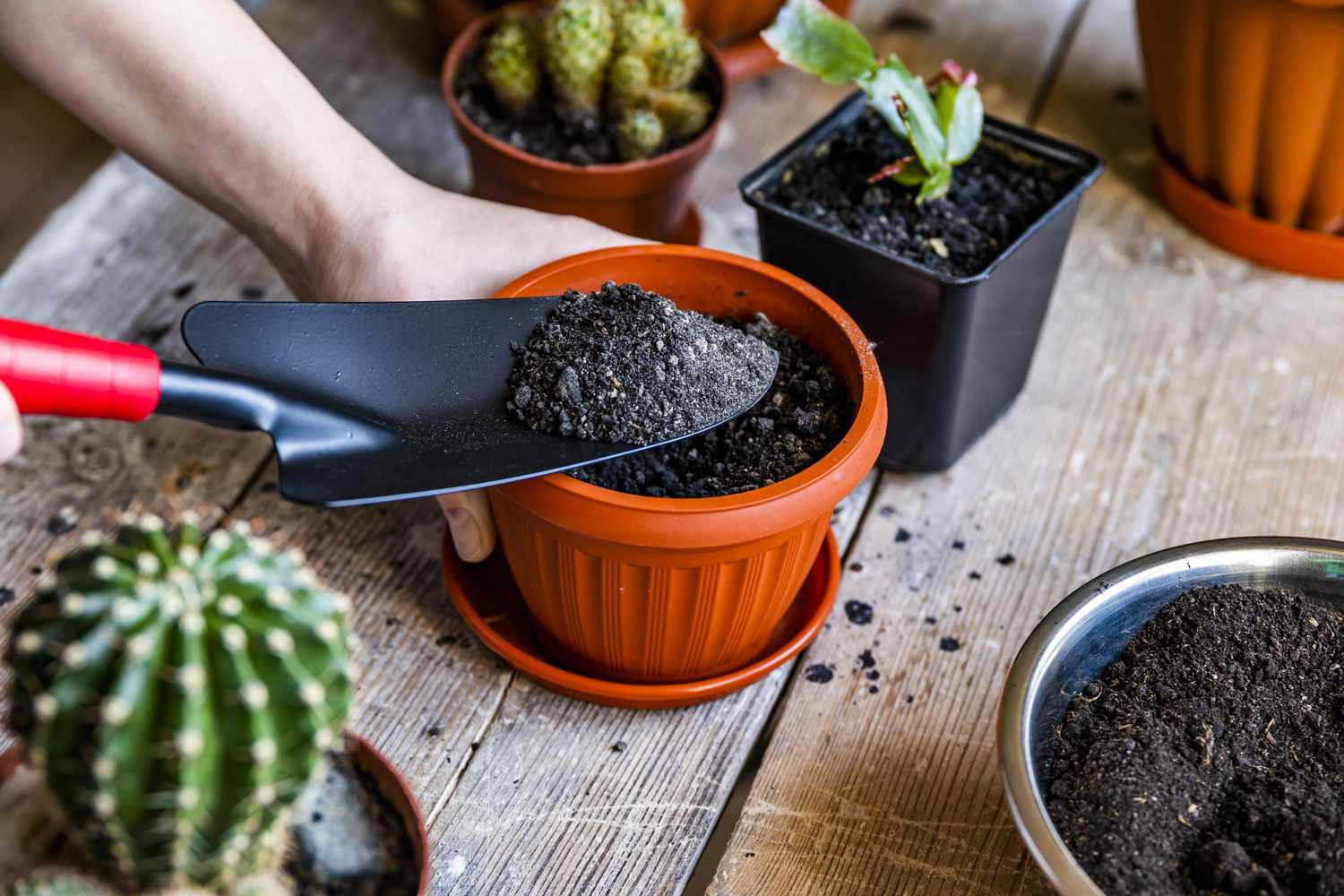
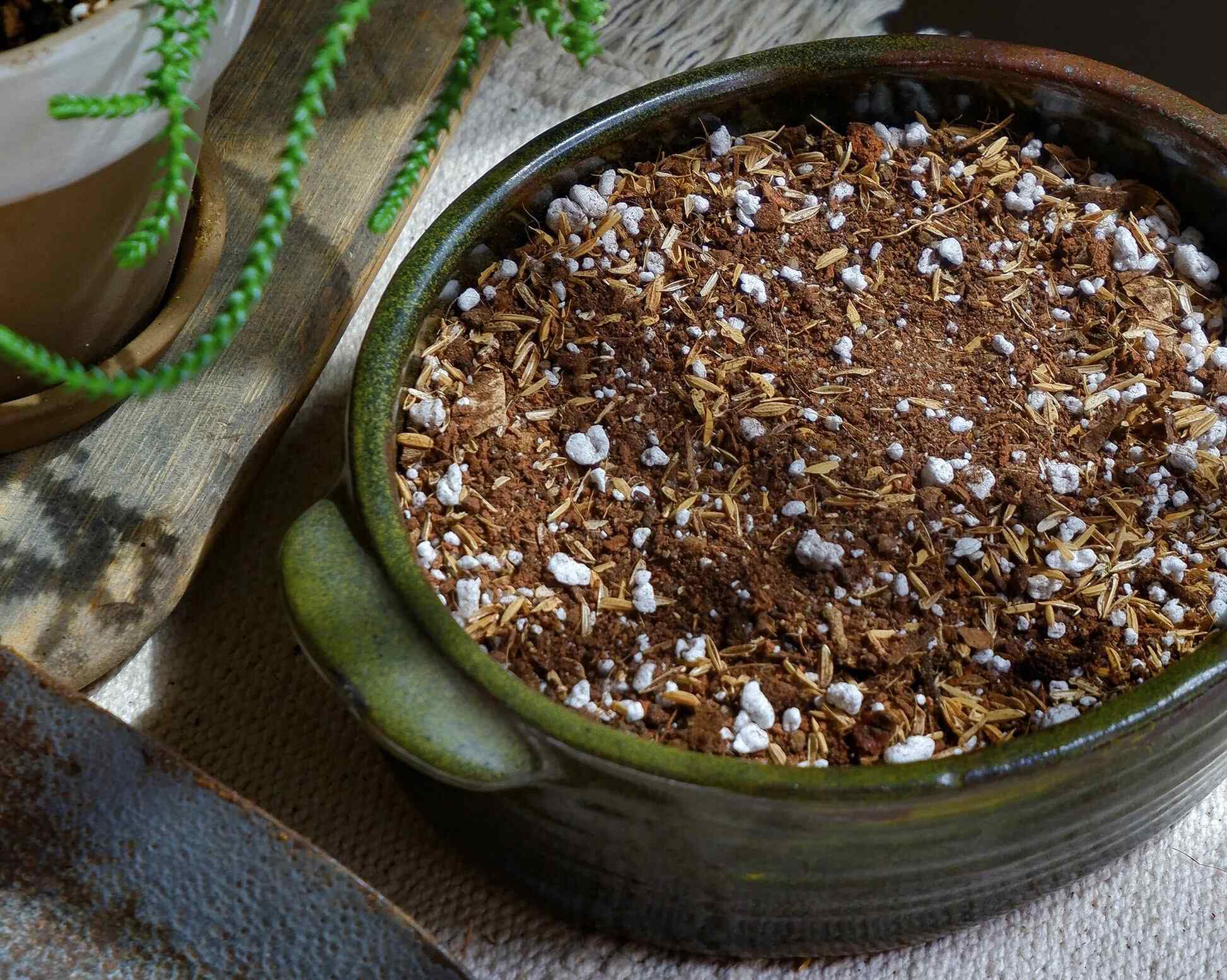
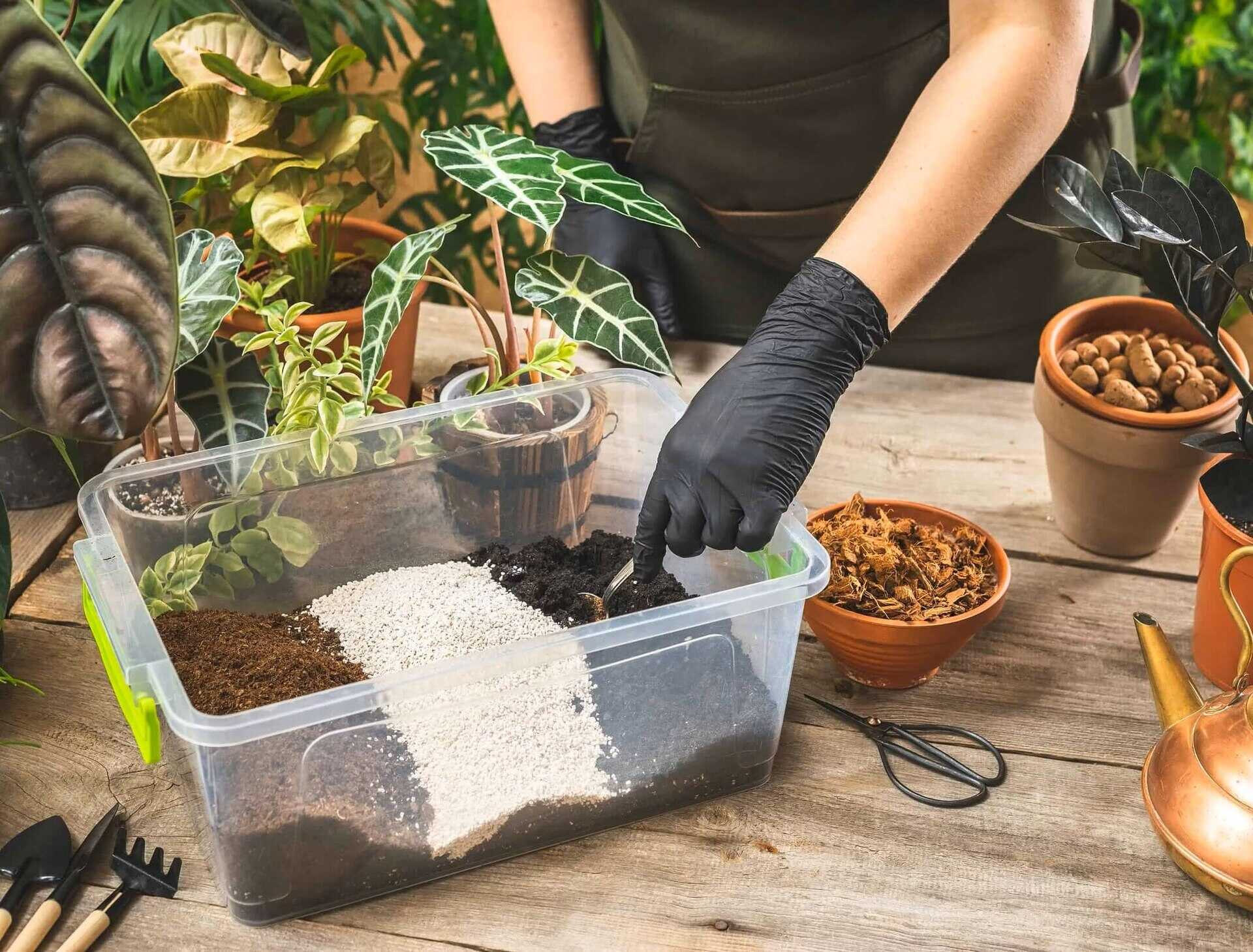
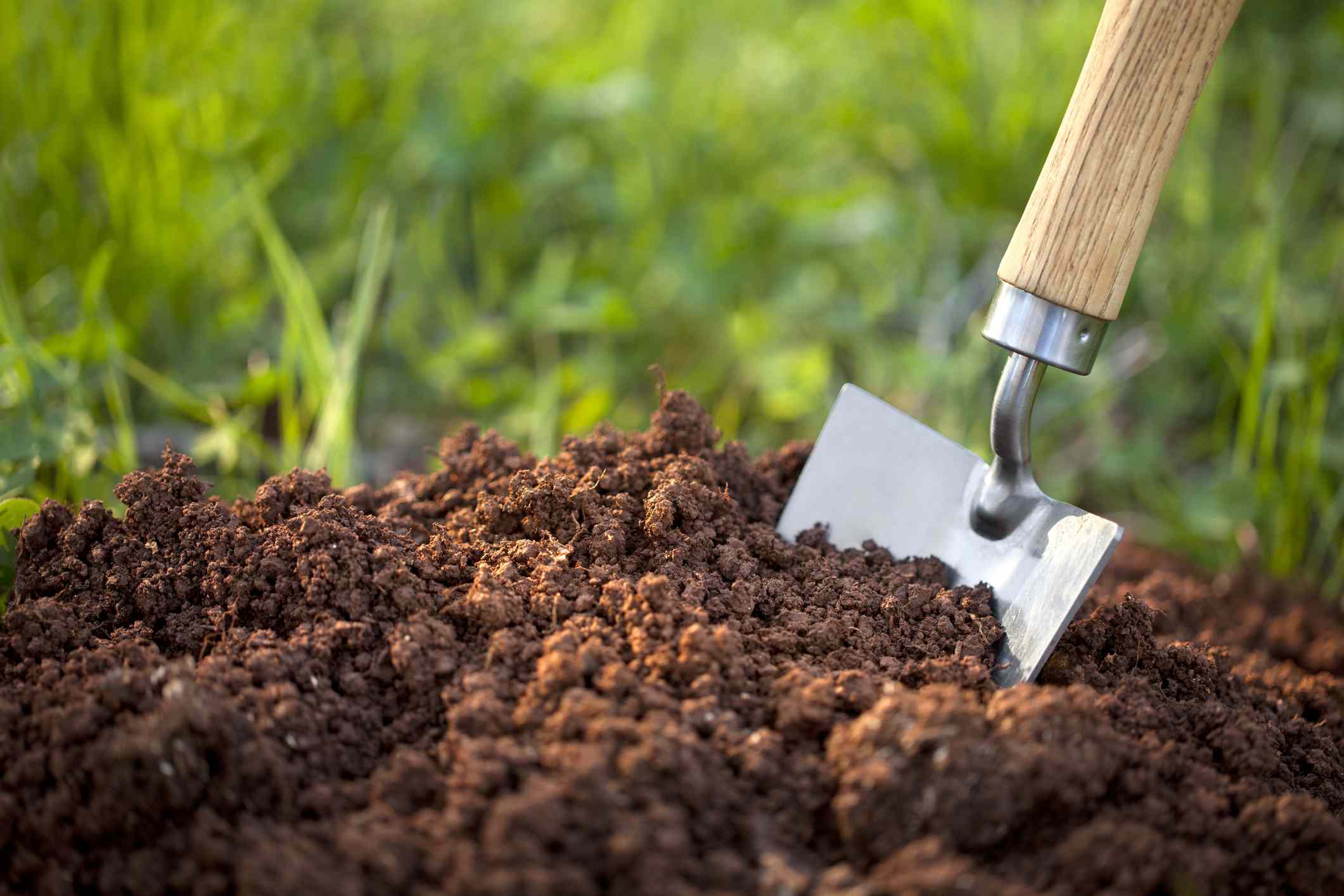
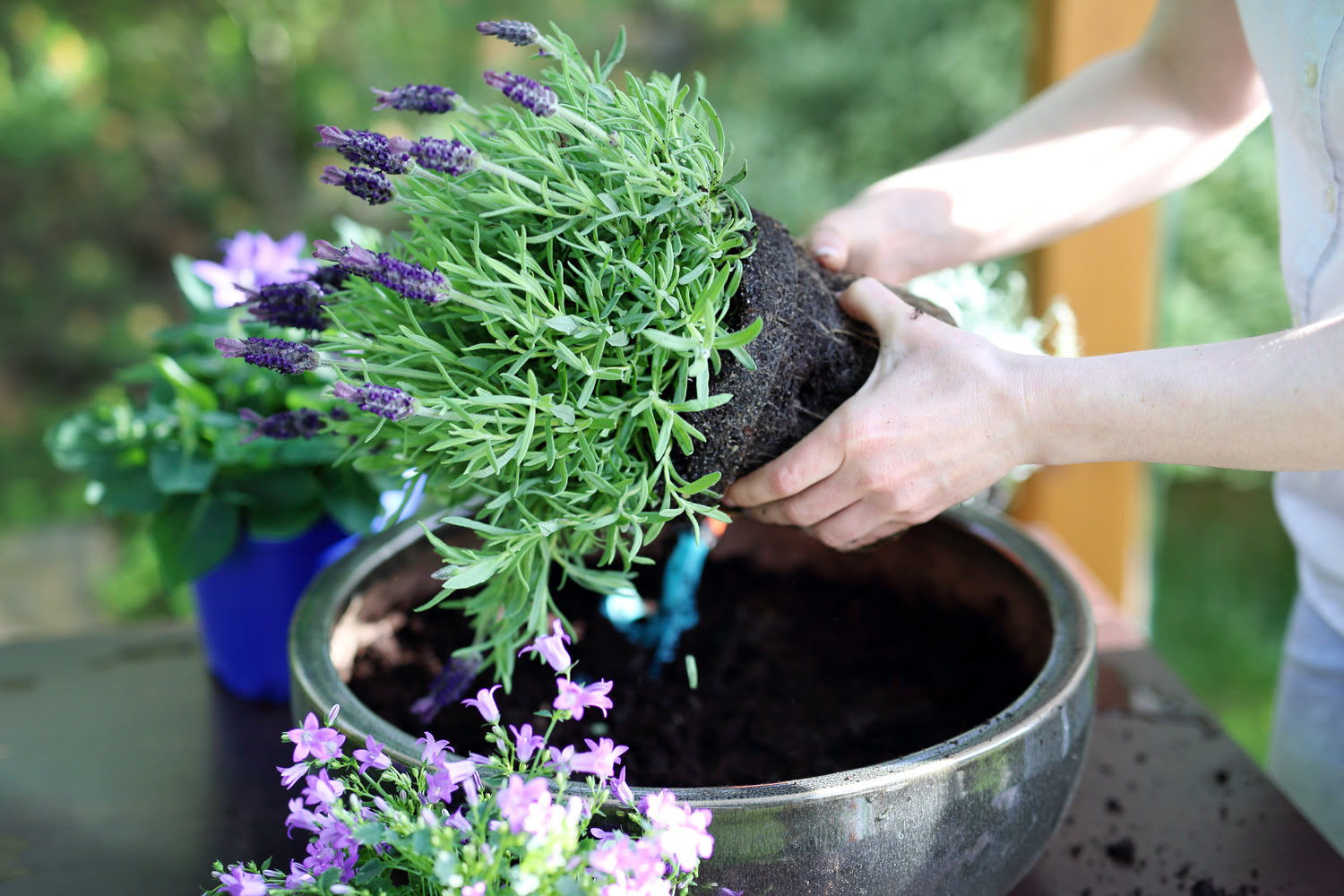
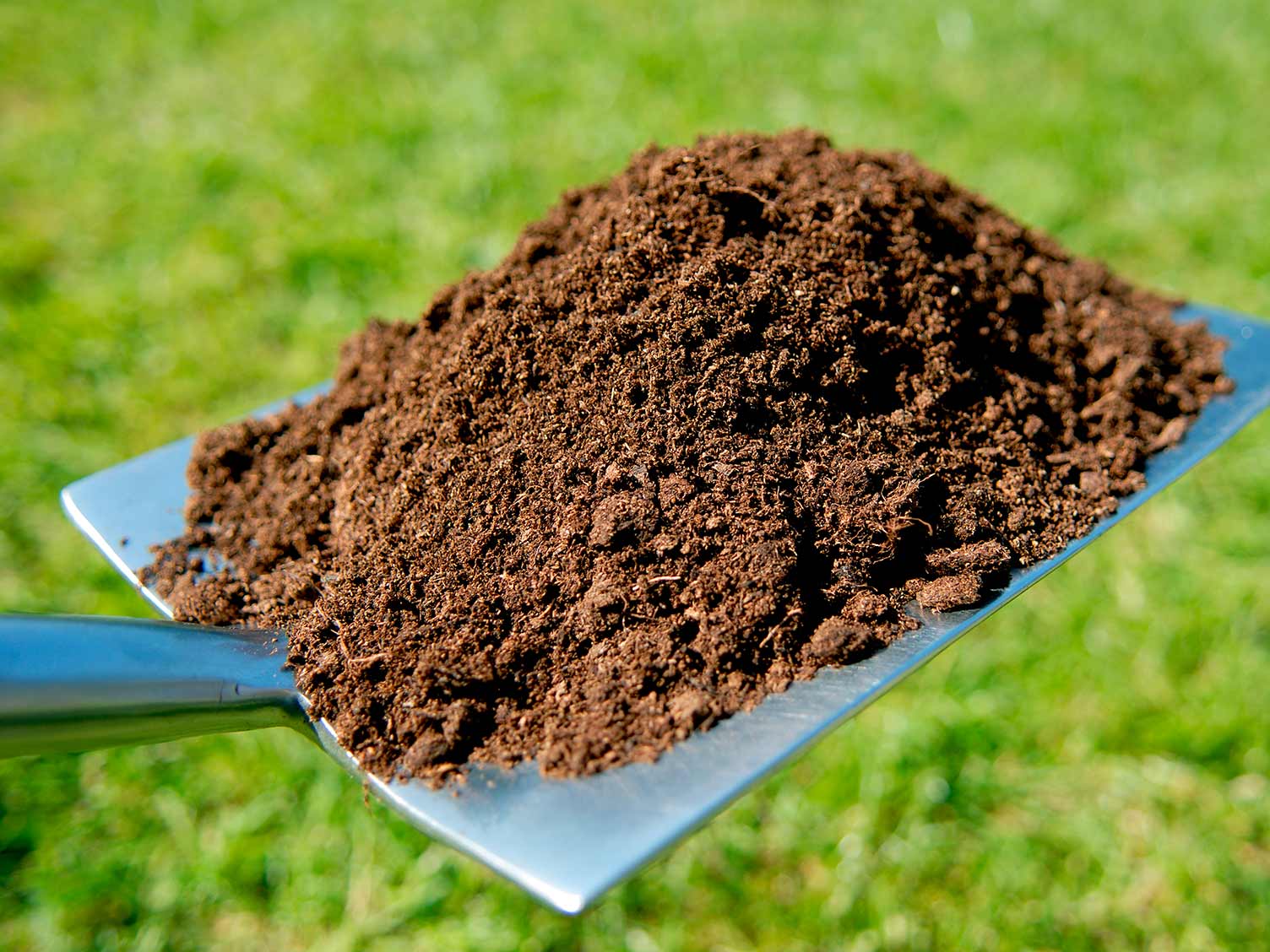
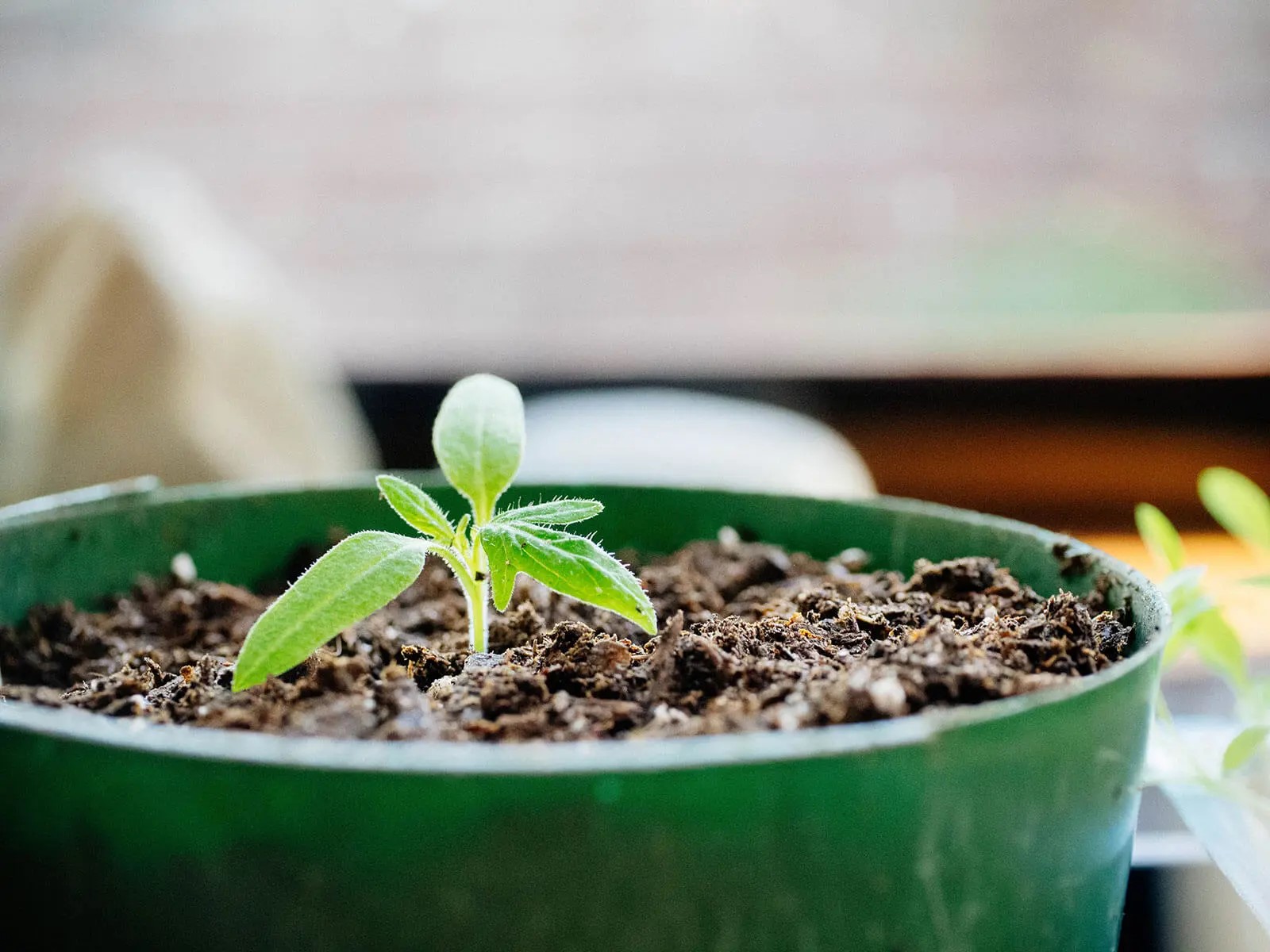

0 thoughts on “How To Make Aroid Soil Mix”